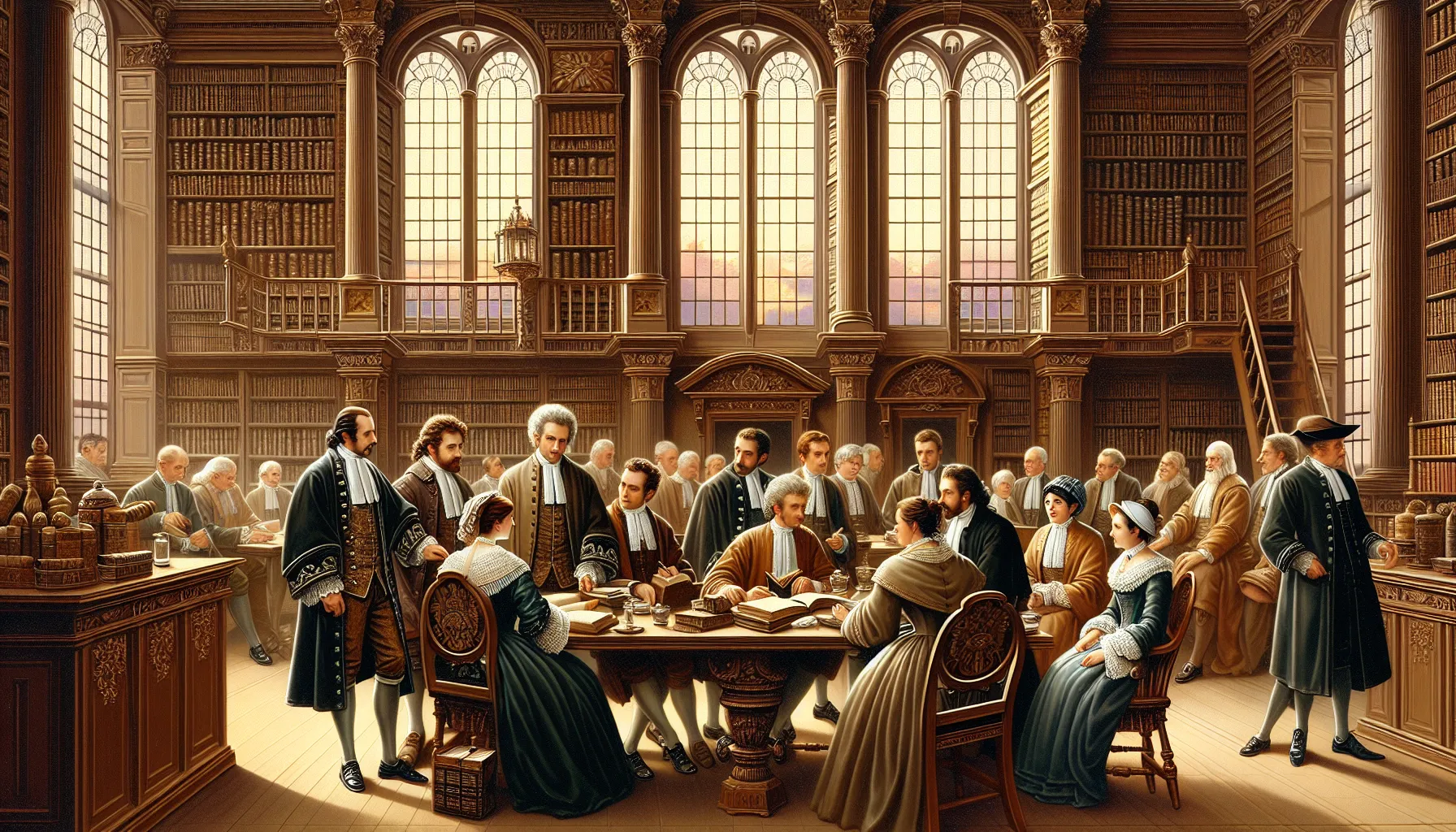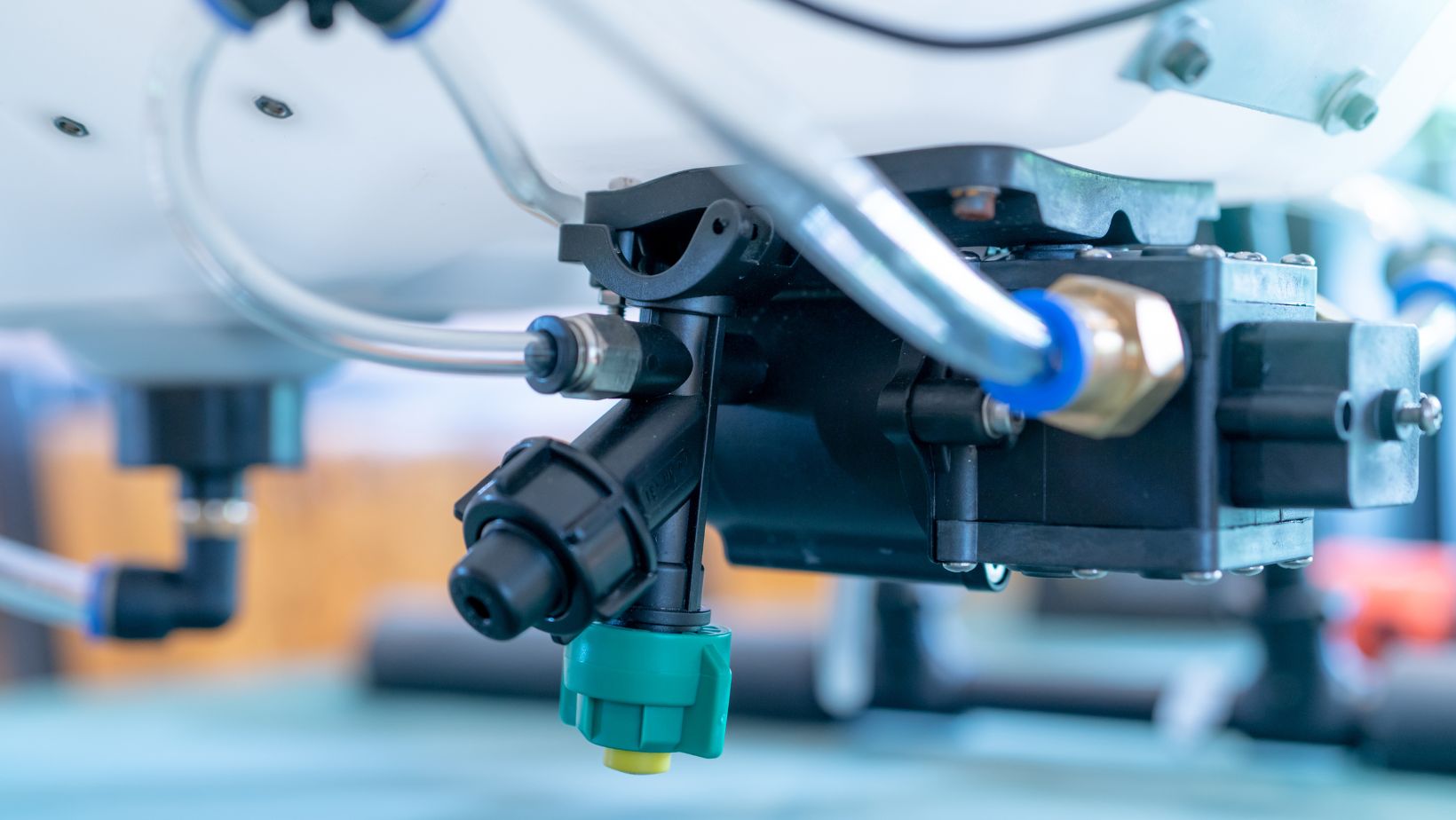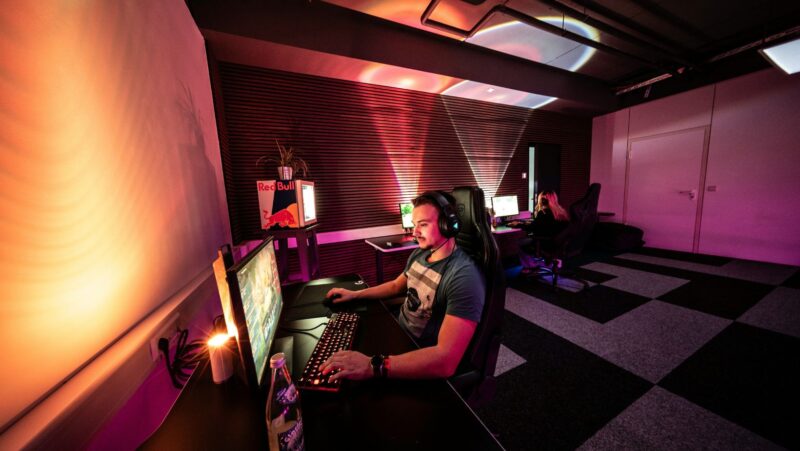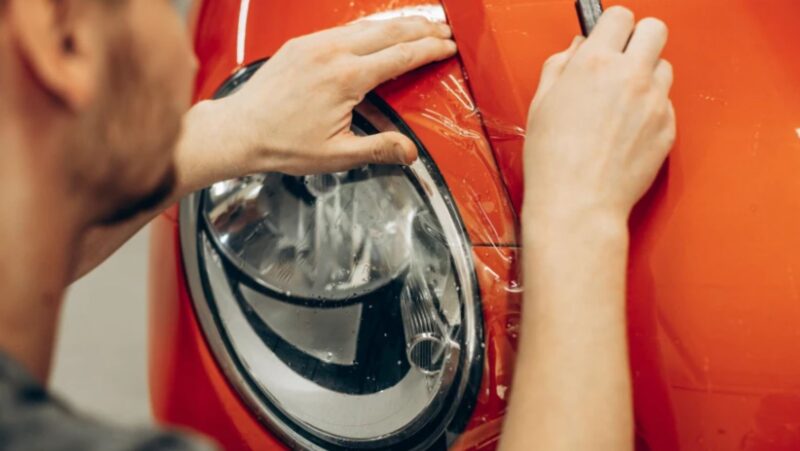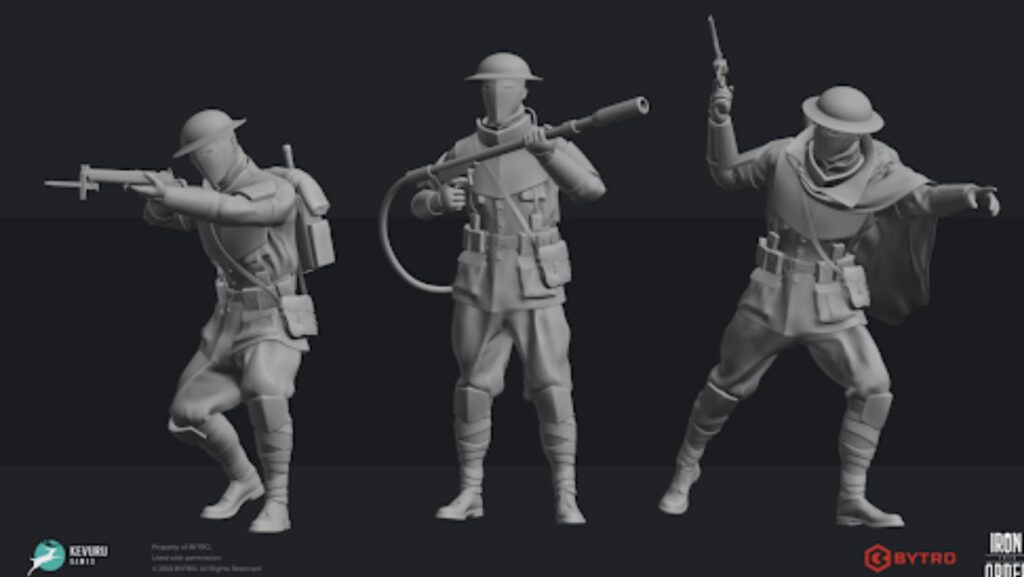
Behind every successful video game is a team of artists who turn ideas into assets players can explore and interact with. Among them, the modeler has a central role. 3D game modeling for game development is not just about sculpting shapes – it’s about building assets that look convincing, run smoothly, and fit the vision of the project. The best modelers balance artistic sense with technical discipline, making their work both beautiful and functional.
What Technical Skills Are Needed To Create A High-Quality 3D Game Model?
Making models for games is a bit of a balancing act. On one side, you want them detailed enough to look alive. On the other hand, the game engine has limits – you can’t throw in a million polygons and hope everything still runs smoothly.
So, what does a modeler need in practice? Comfort with the main tools is obvious, but it’s not just about knowing where the buttons are. It’s about keeping meshes clean so animators don’t struggle later, laying out textures in a way that makes sense, and knowing when to fake detail with a normal map instead of adding more geometry.
There’s also the engine itself. A model that looks great in Blender might behave differently once it’s dropped into Unreal or Unity. Materials can react to light in surprising ways, and something that felt crisp can suddenly look muddy. A good modeler knows how to anticipate that.
For studios, the difference shows in workflow. A solid 3D game model moves smoothly down the pipeline – rigging is easier, animation looks better, and programmers don’t waste time fixing avoidable issues. It’s not glamorous work, but it’s the kind of technical care that lets the art shine once the game is actually running.
3D Art Skills Essential For A 3D Game Modeler
An ideal modeler brings more than technical ability. Artistic sense is what makes a 3D game look alive and believable. Proportion, silhouette, and balance matter as much as clean topology. A character with the wrong anatomy or a building drawn without perspective can pull players out of the experience, no matter how polished the mesh may be.
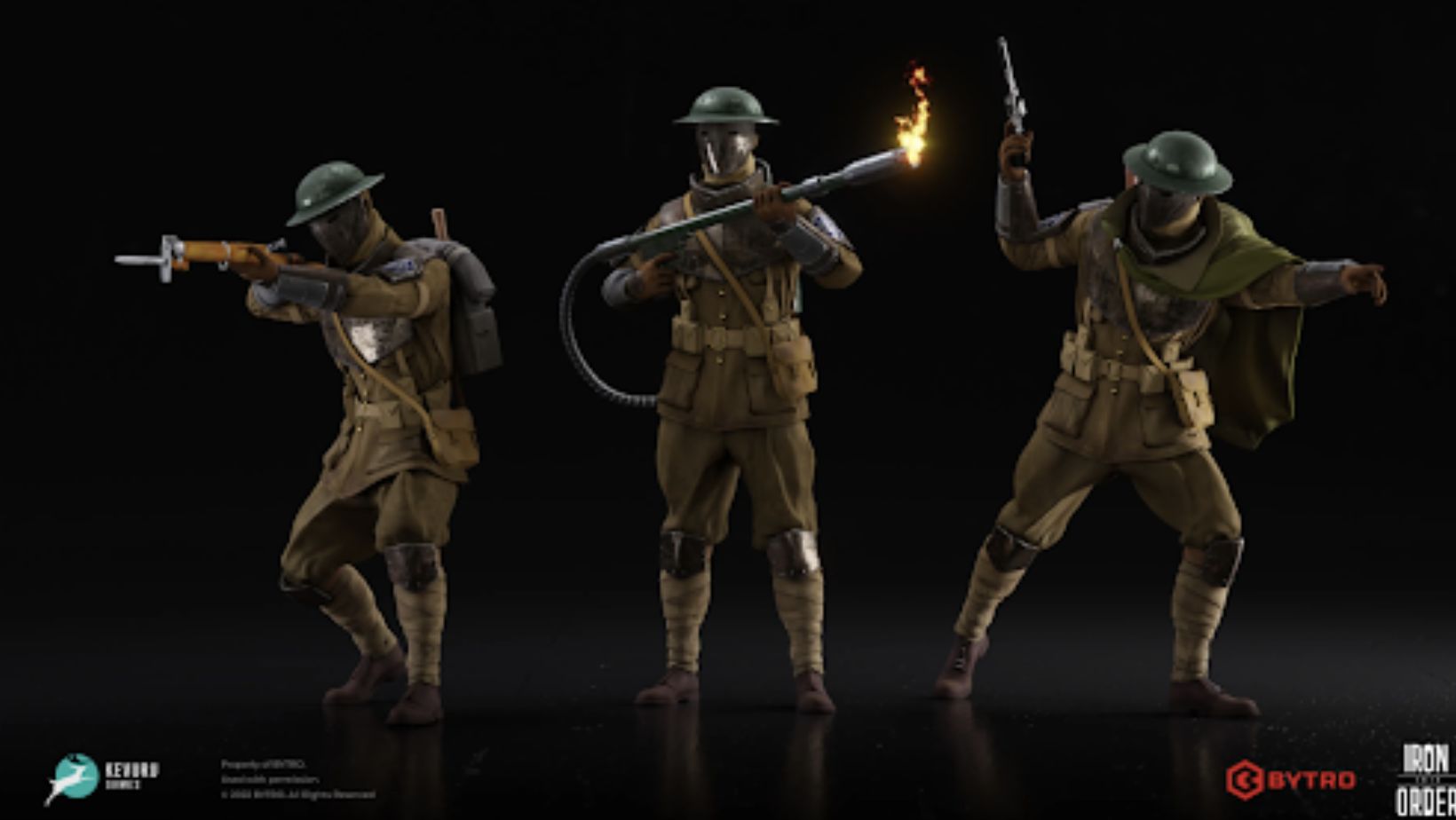
Style is another layer. Some projects call for realistic detail, while others need bold, stylized shapes. A modeler who can move between those directions – and keep the look consistent with the rest of the assets – adds real value to the team. This adaptability is especially important in a 3D outsourcing studio, where artists often shift between very different projects.
In the end, technical skills allow models to exist inside a game, but artistic competence is what gives them impact. It’s the step that turns geometry into memorable 3D art and makes a world feel complete.
Pipeline Awareness In 3D Game Modeling
A model doesn’t live in isolation – it moves through many hands before players ever see it. That’s why an ideal modeler understands the pipeline. They know how their work connects with rigging, animation, lighting, and even gameplay programming.
This awareness saves time. A mesh that bends cleanly makes life easier for animators. Consistent naming and file organization help programmers integrate assets without delays. Even texture choices can affect how quickly a game loads on different hardware.
In a studio setting – whether in-house or at a 3D game company – pipeline awareness also means good communication. A modeler who can explain choices clearly and anticipate downstream needs keeps the whole team moving.
The end result is smoother collaboration and fewer surprises later in production. Pipeline knowledge doesn’t just make a model technically correct – it makes it usable, reliable, and ready for the demands of a 3D game.
Conclusion
An ideal 3D game modeler blends technical expertise, artistic judgment, and awareness of how assets move through the pipeline. Just as important are the soft skills – listening to feedback, communicating clearly with other departments, and adapting when project priorities shift. In practice, this makes 3D game modeling for game development more than a craft. It becomes a collaborative process that connects concept art with the playable world and helps the whole team deliver a game that feels complete and convincing.



